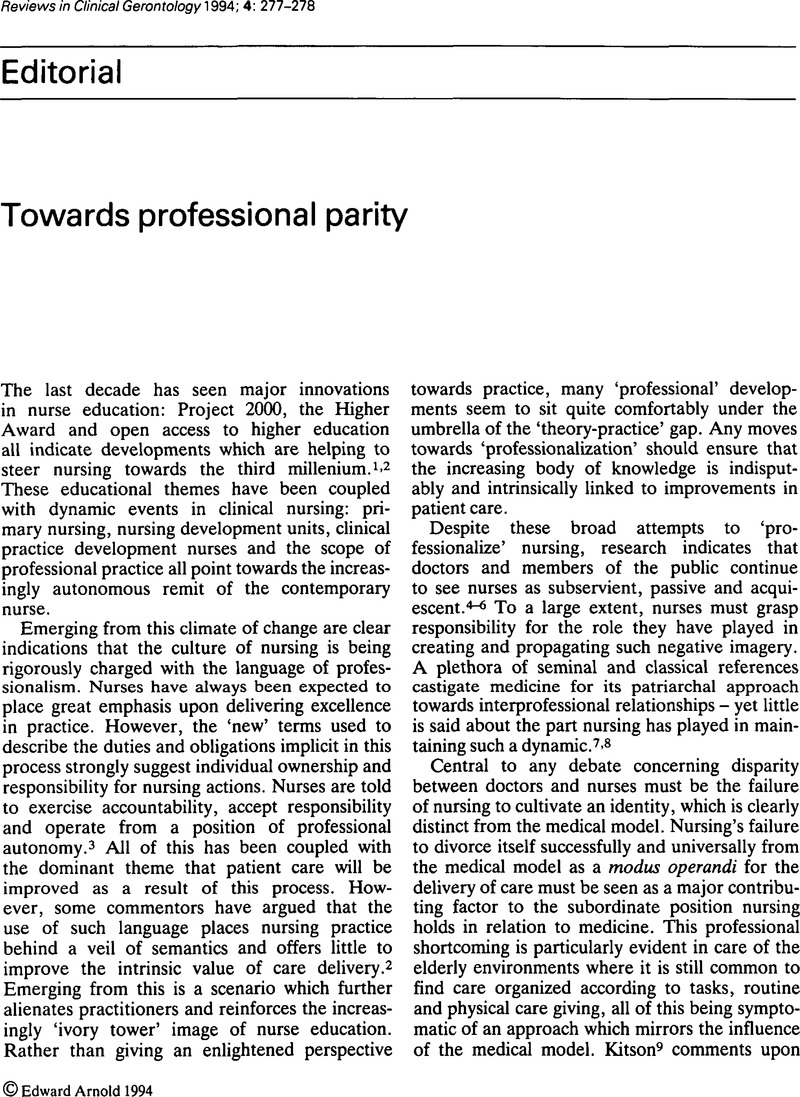Crossref Citations
This article has been cited by the following publications. This list is generated based on data provided by Crossref.
Kendrick, Kevin David
1998.
Ethical Issues in Nursing and Midwifery Practice.
p.
216.
Maxwell, Elaine
2023.
Perspectives: Who needs theory?.
Journal of Research in Nursing,
Vol. 28,
Issue. 4,
p.
314.



